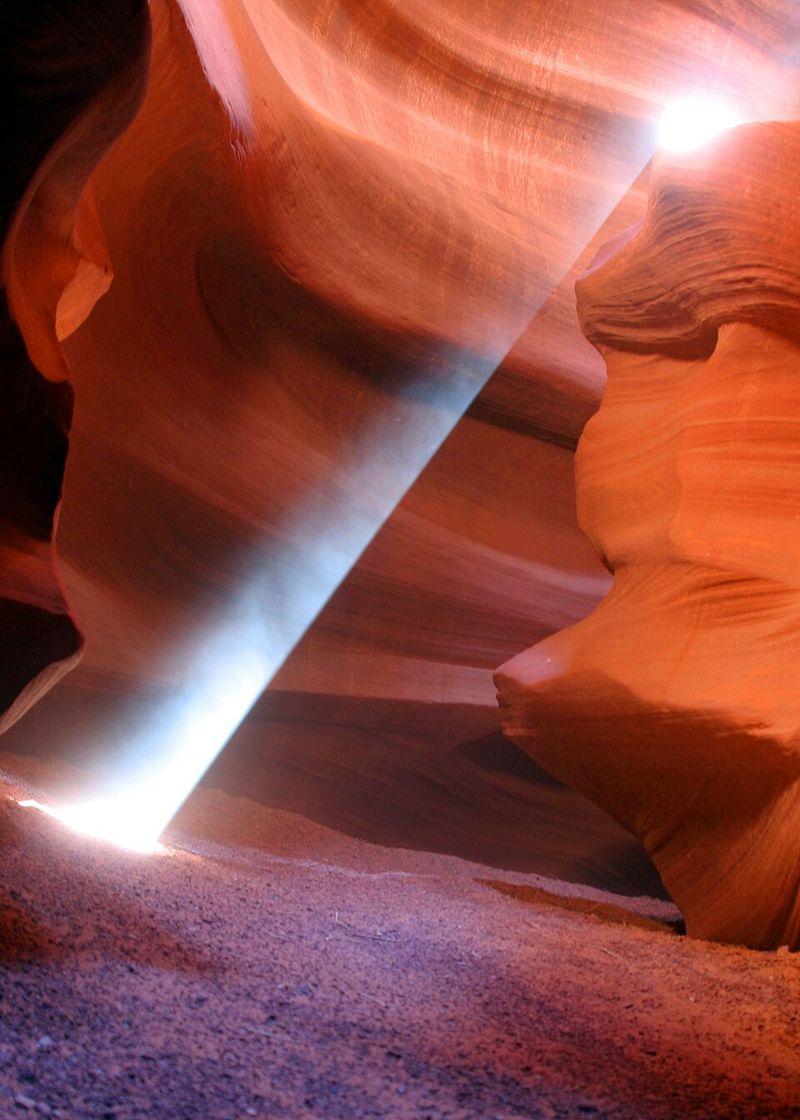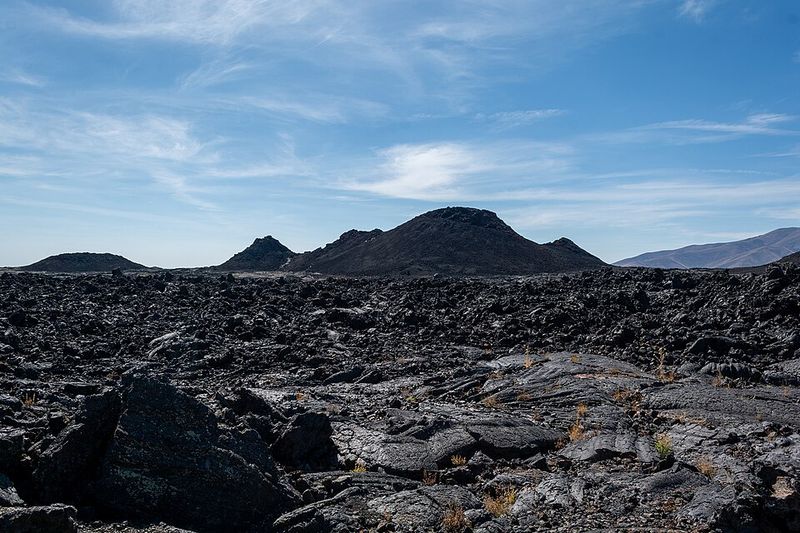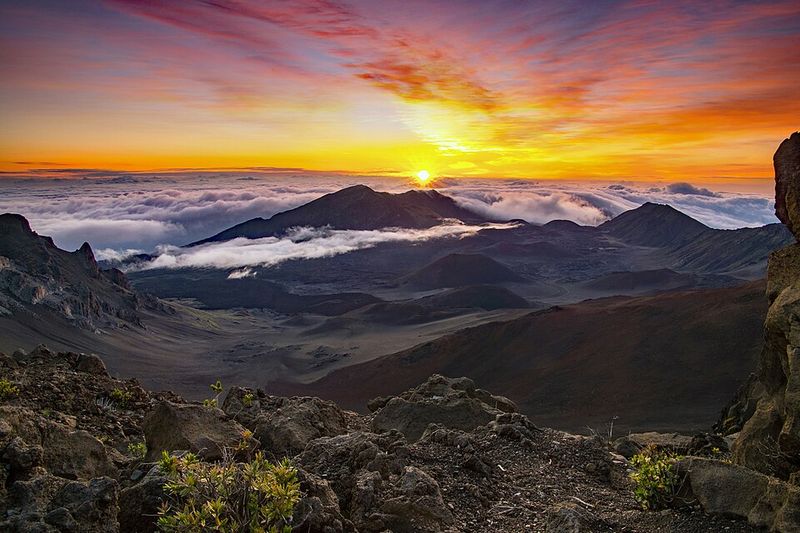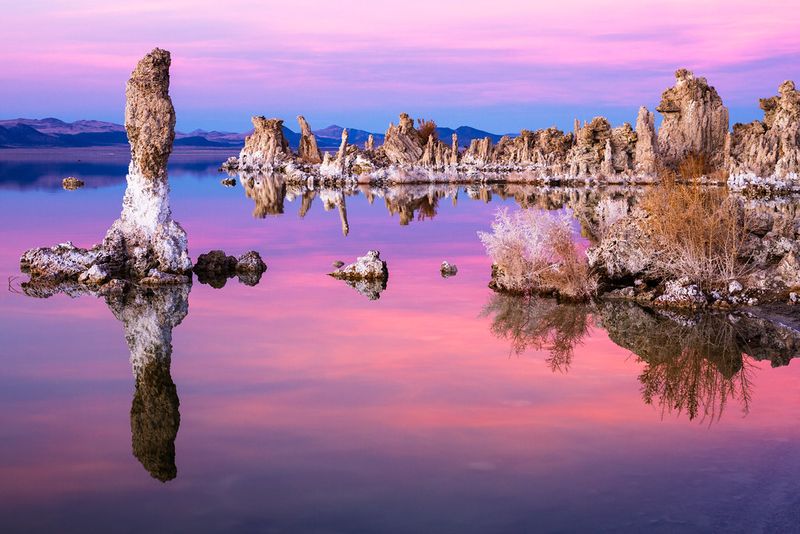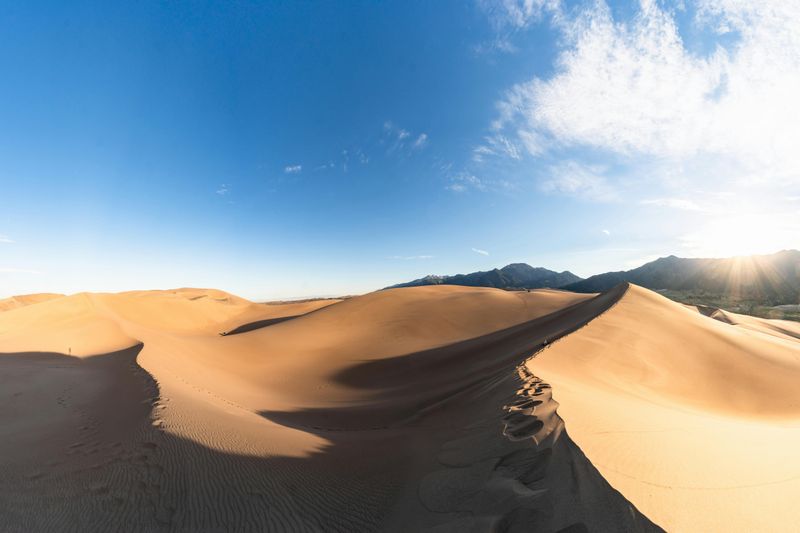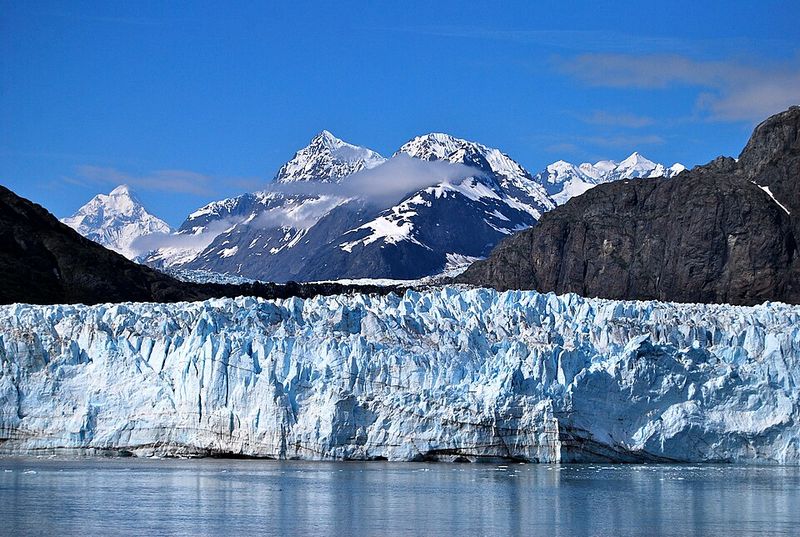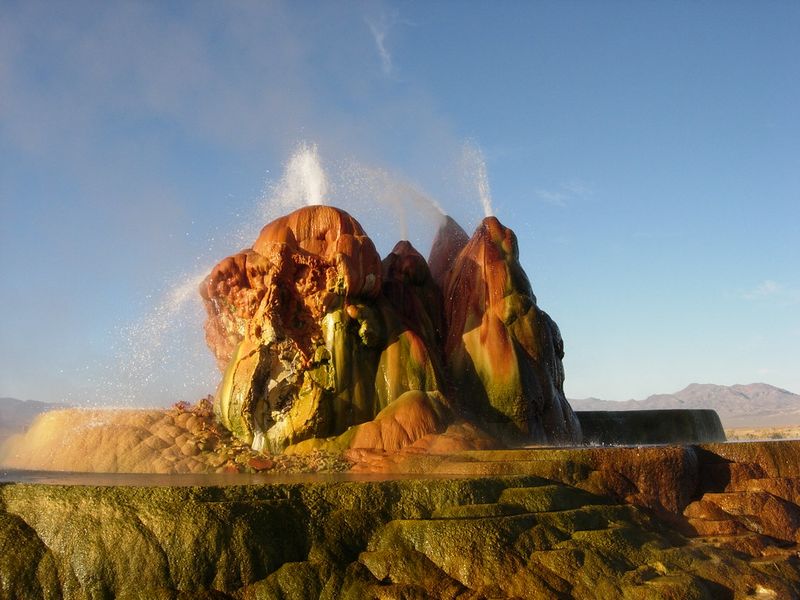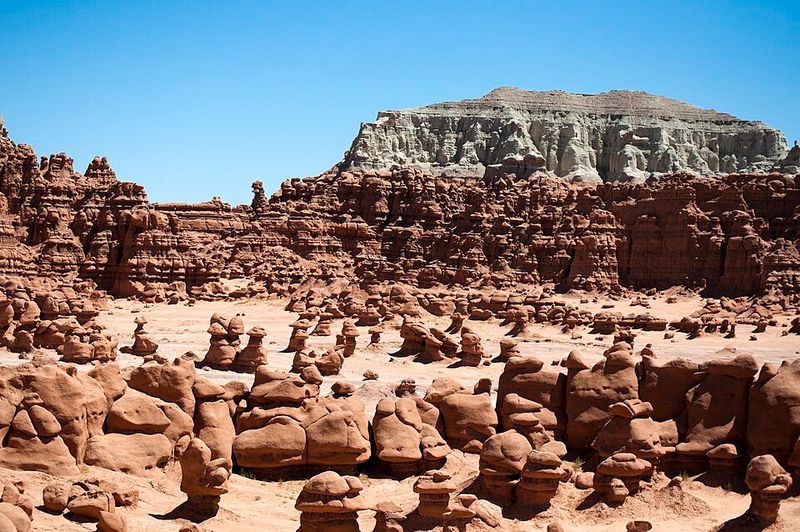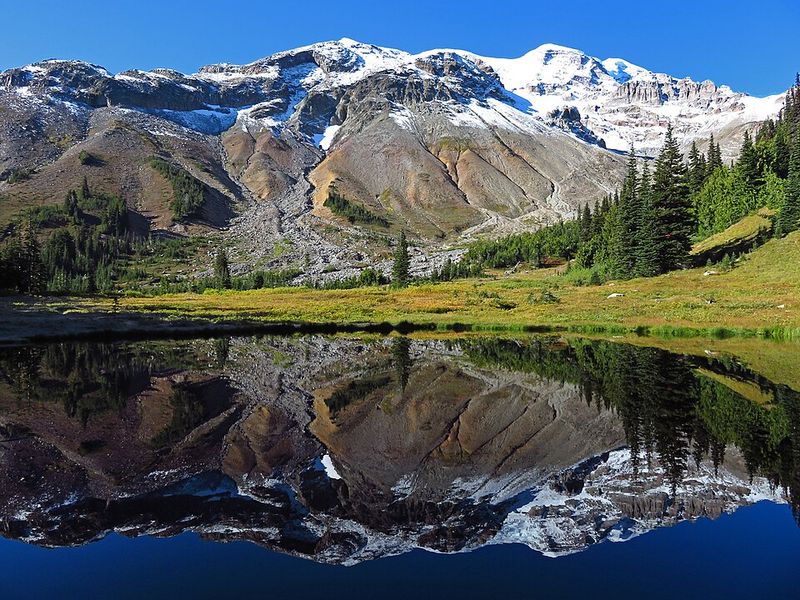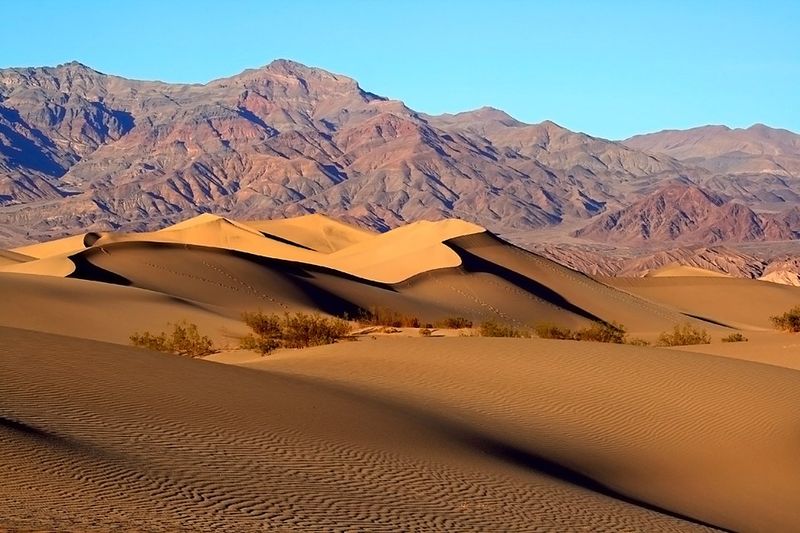Explore fifteen mesmerizing American destinations that feel like stepping onto another planet. From surreal landscapes to ethereal natural wonders, these sites captivate with their unique beauty and distinct charm.
Antelope Canyon, Arizona
Few places on Earth feel as surreal as Antelope Canyon. Carved by centuries of flash floods and wind, this narrow sandstone slot canyon near Page glows in shifting shades of orange, red, and purple.
Sunbeams filter through the cracks above, creating a dreamlike dance of light and shadow. The curving walls resemble flowing silk, and every twist reveals a new sculptural masterpiece shaped entirely by nature.
A sacred site for the Navajo Nation, Antelope Canyon feels like stepping into another realm—one of silence, color, and breathtaking natural artistry. It’s one of the most photographed landscapes in the world for good reason.
Yellowstone National Park, Wyoming
Yellowstone is not just America’s first national park—it’s one of its most otherworldly. The park’s geothermal features, including bubbling mud pots, fumaroles, and steaming geysers, make it look more like a distant planet than a place on Earth.
The Grand Prismatic Spring, with its vibrant rainbow of colors caused by microbial life, is a masterpiece of natural science and beauty. Nearby, geysers like Old Faithful erupt on schedule, releasing boiling water into the sky.
Bison roam freely across steaming valleys, adding to the surreal atmosphere. Yellowstone’s landscape feels alive, constantly shifting and breathing beneath your feet.
Bonneville Salt Flats, Utah
Stretching endlessly across western Utah, the Bonneville Salt Flats look like a gleaming white desert from another world. Formed from the evaporation of an ancient lake, the perfectly flat, salt-crusted surface creates a dazzling mirror effect when it rains.
Reflecting the sky so completely that horizon and ground seem to vanish, it’s a favorite spot for photographers, speed racers, and dreamers seeking silence and space. The otherworldly emptiness feels lunar.
When the sun sets, the flats turn pink, gold, and lavender. It’s no wonder filmmakers use Bonneville to portray alien planets—it’s nature’s own illusion.
Craters of the Moon, Idaho
This aptly named national monument in central Idaho is a landscape of black lava fields, jagged cinder cones, and collapsed lava tubes that could easily be mistaken for the surface of another planet.
Formed by volcanic eruptions thousands of years ago, Craters of the Moon offers an eerie silence and desolate beauty. Visitors can hike through lava tunnels or climb spatter cones for panoramic views of the stark, rippling terrain.
Astronauts even trained here in the 1960s to prepare for moon missions. The strange formations, void of vegetation, give the sensation of walking on a cosmic frontier.
White Sands National Park, New Mexico
White Sands feels like stepping into a snow-covered desert, but the dunes are actually made of pure gypsum crystals. Stretching over 275 square miles, this stunning expanse of soft, white sand glows under the New Mexico sun and turns pale gold at sunset.
The surreal silence amplifies the sense of isolation, while the endless waves of sand create a hypnotic rhythm. Visitors often sled down the dunes or wander among the curves that seem to shift daily.
Under moonlight, the landscape shimmers like frost, making White Sands one of the most magical and alien places in America.
The Wave, Arizona
The Wave in northern Arizona is a geological masterpiece that defies belief. Layers of Navajo sandstone have been sculpted by wind and water into mesmerizing swirls of red, orange, and gold, resembling a frozen ocean of color.
The undulating patterns and smooth curves seem digitally rendered—but they’re entirely natural. Access is limited to preserve the fragile environment, and only a handful of visitors are allowed each day.
Hiking to The Wave feels like a pilgrimage to another world, where time and gravity appear to have lost their meaning. It’s one of Earth’s true natural wonders.
Haleakalā National Park, Hawaii
Rising over 10,000 feet above Maui, the Haleakalā Crater feels like a portal to another planet. The vast volcanic landscape is a mosaic of rust-red cinder cones, black lava fields, and golden ash.
At sunrise, clouds swirl below you while the sky blazes in surreal hues of pink, orange, and violet. Ancient Hawaiian legends say the demigod Maui lassoed the sun from this very summit.
The thin air, silence, and sweeping views make Haleakalā a deeply spiritual experience—half celestial, half terrestrial. It’s one of the few places where Earth truly feels cosmic.
Mono Lake, California
Mono Lake’s haunting beauty lies in its alien-like limestone formations called tufa towers, which rise from the surface of this ancient saline lake in eastern California. The mineral-rich waters reflect the Sierra Nevada peaks, while the lack of fish creates a strange stillness.
Broken only by clouds of migrating birds, the hypersaline water supports unique life forms, including brine shrimp and alkali flies, giving the lake an eerie yet fascinating ecosystem.
At sunset, the tufa spires glow golden against the turquoise water, creating one of the most surreal landscapes in the American West.
Great Sand Dunes National Park, Colorado
Towering up to 750 feet tall, the dunes of southern Colorado form the tallest sand mountains in North America. Framed by snowcapped peaks and alpine forests, the Great Sand Dunes create an astonishing contrast of ecosystems that feels impossible.
The winds constantly reshape the dunes, making each visit a new experience. Visitors can surf or sled down the shifting slopes, wade in the seasonal Medano Creek, or gaze at the night sky—one of the darkest in the U.S.
The vastness and silence give this park an unearthly tranquility found nowhere else.
Glacier Bay National Park, Alaska
Glacier Bay is a living, icy dreamscape where glaciers crack and thunder into turquoise waters surrounded by towering mountains. The park’s massive icefields and surreal blue hues feel untouched by time.
As you sail or kayak through the fjords, you may encounter humpback whales, seals, and bald eagles gliding above the pristine silence. Watching a glacier calve—a massive block of ice collapsing into the sea—is both humbling and hypnotic.
The ethereal colors, reflective waters, and frozen immensity make Glacier Bay feel like Earth’s own version of the Arctic beyond.
Fly Geyser, Nevada
Hidden in Nevada’s Black Rock Desert, Fly Geyser is one of the strangest and most colorful sights in the country. Accidentally created during a well drilling in the 1960s, the geyser’s mineral-rich water built up mounds of bright red, green, and orange travertine over the decades.
Constantly spraying steaming water, the geyser looks like a living sculpture. Surrounded by a small pool and desert wilderness, it feels almost artificial in its perfection—but it’s all nature’s doing.
Fly Geyser’s rainbow hues and alien form make it a photographer’s dream and a truly otherworldly phenomenon.
The Badlands, South Dakota
The Badlands are a dramatic collision of erosion and color. Jagged cliffs, striped buttes, and vast prairies stretch as far as the eye can see, creating a stark beauty that feels prehistoric.
The layered rock formations reveal 75 million years of history, each hue marking a different geological era. Fossils of ancient creatures like saber-toothed cats and rhinos have been found here, adding to the area’s timeless feel.
At sunset, the landscape glows in pinks and oranges, transforming the desolation into something magical. The Badlands are wild, haunting, and unforgettable.
Goblin Valley State Park, Utah
Goblin Valley looks like the set of a science fiction movie—and in fact, it once was. Its strange mushroom-shaped rock formations, called hoodoos, resemble goblins frozen in time.
Wind and water erosion over millions of years created this bizarre playground of sandstone sculptures. Visitors can wander freely among the formations, exploring narrow canyons and eerie shapes that seem to shift with the light.
At night, the park’s dark skies reveal an explosion of stars, making the experience feel even more extraterrestrial. It’s one of Utah’s most surreal—and fun—natural wonders.
Mount Rainier National Park, Washington
The sight of Mount Rainier rising above the clouds is nothing short of otherworldly. This 14,410-foot active volcano dominates the skyline of the Pacific Northwest, surrounded by glaciers, alpine meadows, and misty forests.
In summer, fields of wildflowers bloom against the snow-covered peak, creating a painterly contrast that feels unreal. The park’s diverse ecosystems make it feel like several planets in one—from lush rainforest to icy tundra.
Whether shrouded in fog or gleaming in sunlight, Mount Rainier’s massive, solitary presence commands awe and wonder.
Death Valley National Park, California and Nevada
Death Valley’s name hints at its harshness, but its surreal beauty makes it one of Earth’s most astonishing places. The landscape includes salt flats, multi-colored canyons, volcanic craters, and sand dunes that glow gold under the desert sun.
Badwater Basin, the lowest point in North America, feels lunar in its starkness. Meanwhile, Artist’s Palette—a canyon with mineral-stained hills in pink, green, and purple—looks painted by hand.
Despite its name, Death Valley is full of life and color, offering a sensory experience that’s both humbling and hypnotic. It’s as close to Mars as most of us will ever get.

